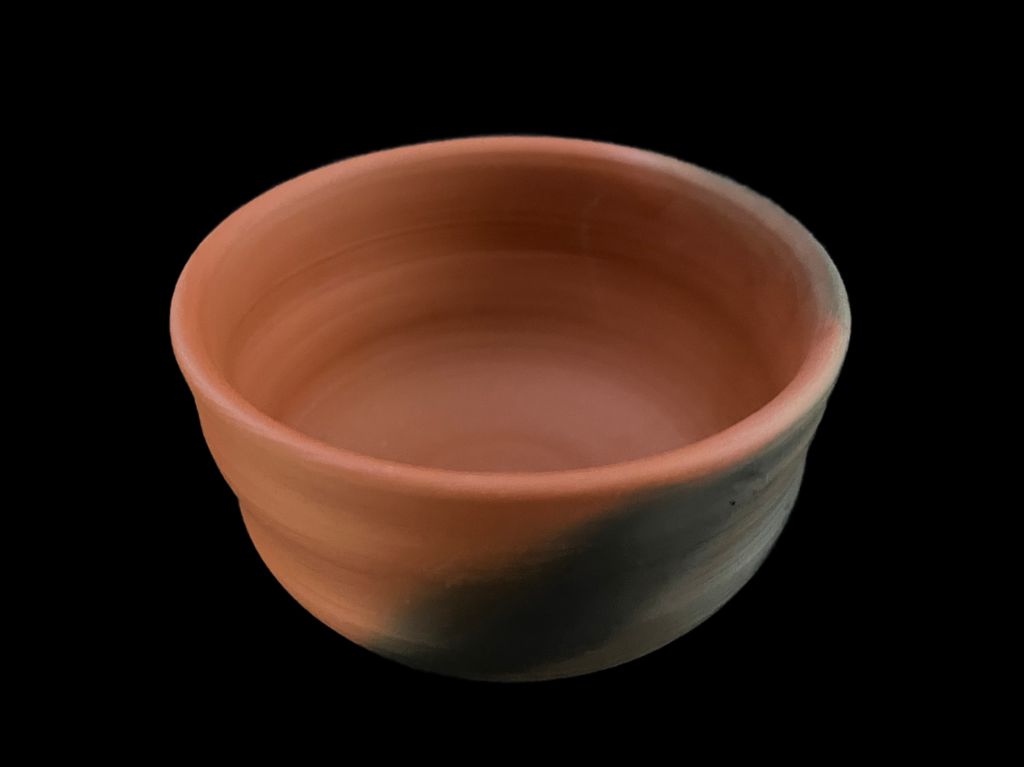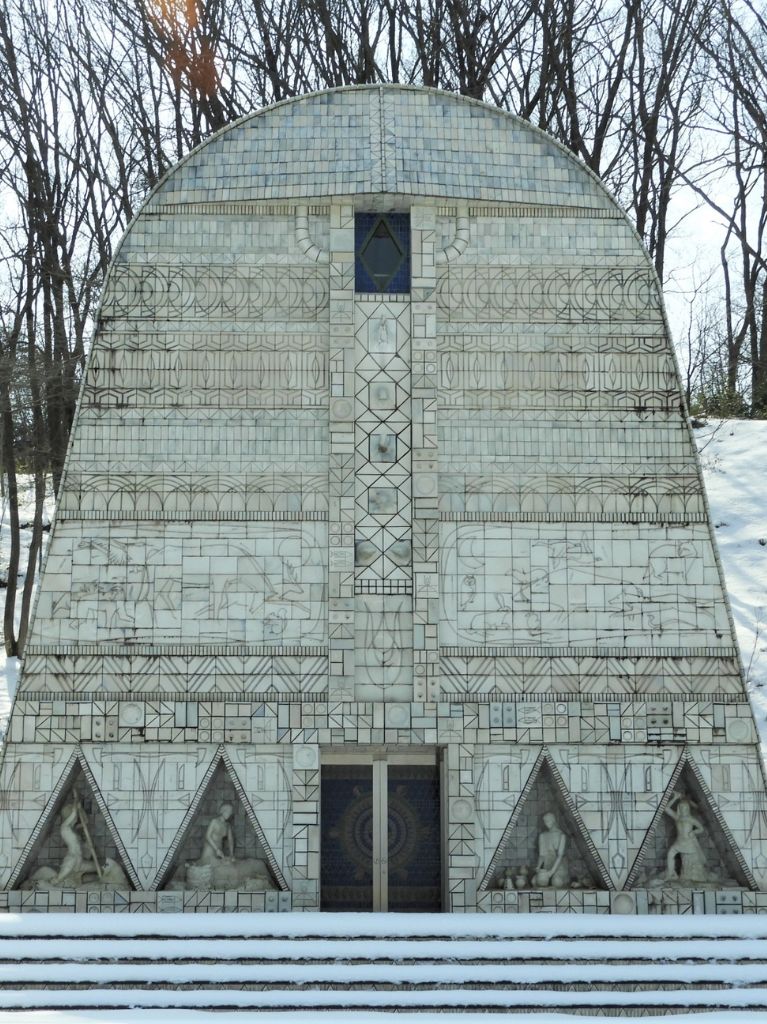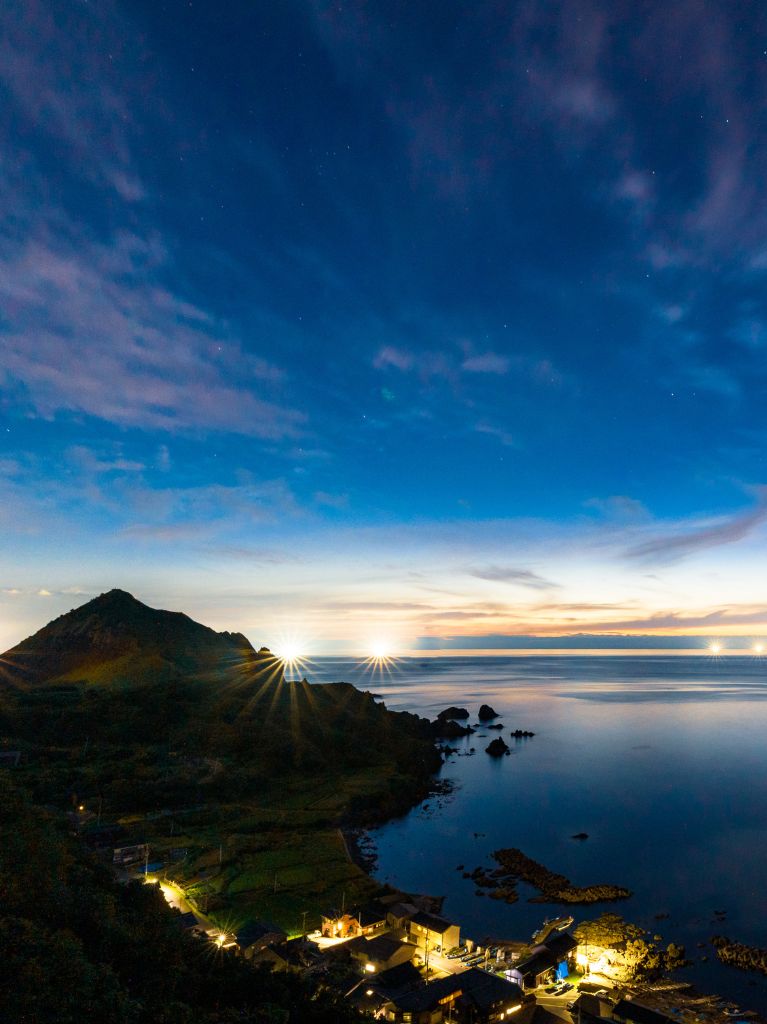HOKURIKU
KUTANI YAKI
KUTANI YAKI is a traditional ceramics produced in the Kaga area of Ishikawa Prefecture. One theory is that it began in the first year of the Meireki era in the Edo period, when pottery stone was discovered in Kutani village. This OLD KUTANI was abandoned after about 40 years, but was revived in the Kaga area and became the currrent KUTANI YAKI.
OLD KYANI is characterized by designs using all five colors (green, yellow, red, purple, and deep blue). Modern KUTANI YAKI is colored uniquely by each kiln, such as Blue Kutani, which does not use red, and Red Kutani, which is based on red.
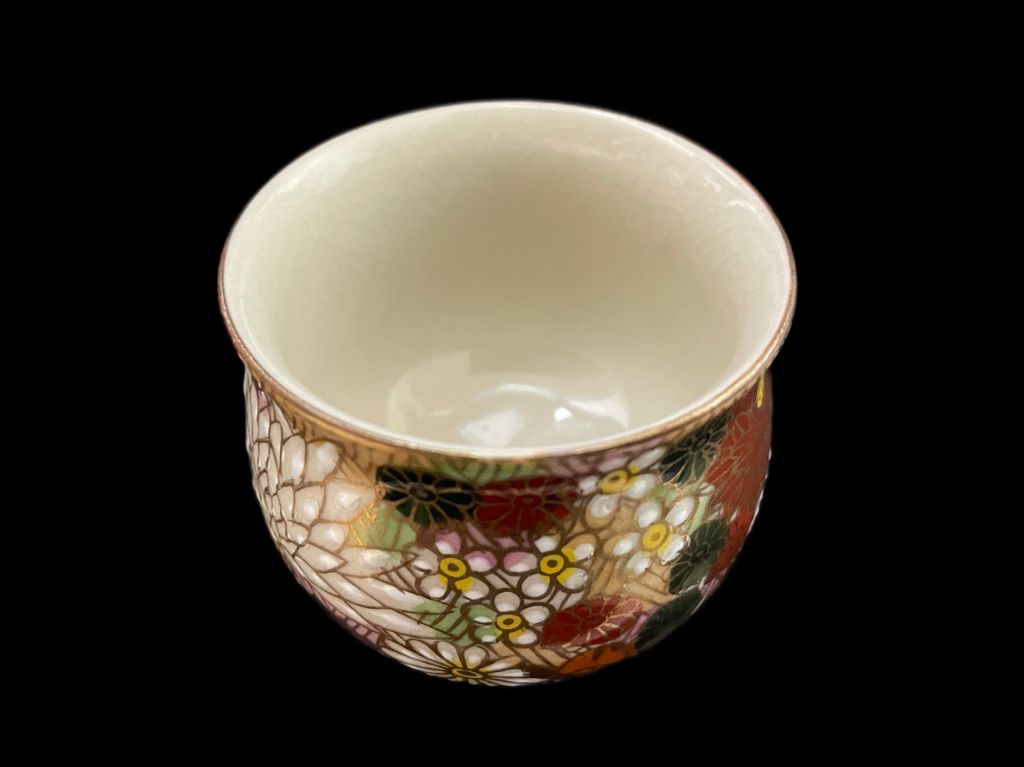
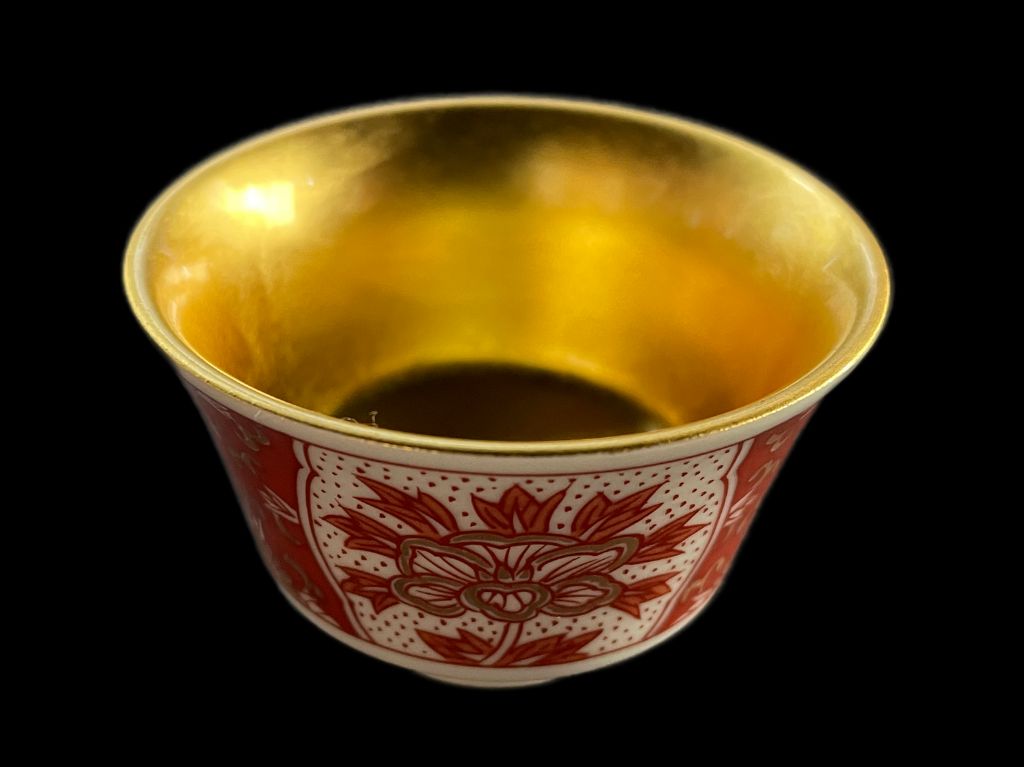

MUMYOYI YAKI
MUMYOYI YAKI is a traditional pottery produced in Sado City, Niigata Prefecture. Its history dates back to 1829 during the Edo period, when it began with the production of Raku ware, which was made using clay from the Sado Gold Mine.
MUMYOYI YAKI is made from reddish-brown clay made from a mixture of iron dioxide and clay found near the Sado Gold Mine, and is fired at high temperatures. A special process called sand polishing is also carried out during the production. This gives the pottery a unique reddish-black color, and it is very hard, makes a metallic sound when struck.
